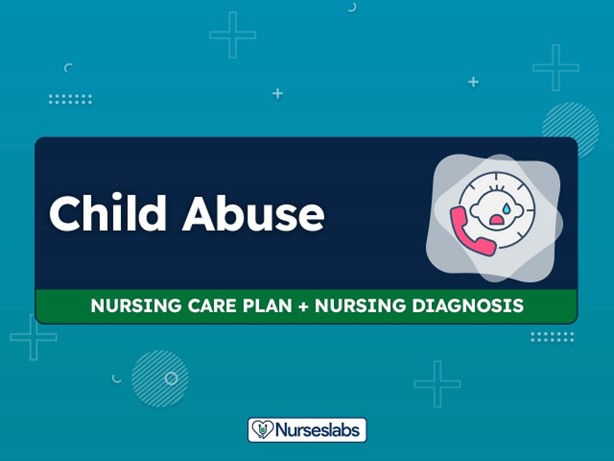A nurse is caring for a client following reported physical abuse. The client is quiet and withdrawn. Which of the following actions should the nurse take?
Display disapproval toward the perpetrator.
Probe the client to offer a factual account of the abuse.
Be direct and honest when communicating with the client.
Invite a family member to be present for the nursing history.
The Correct Answer is C
"Be direct and honest when communicating with the client." Being direct and honest with the client about the situation is essential to build trust and promote open communication. Protecting client confidentiality and privacy is crucial for client safety and well-being. If the client feels comfortable in a safe and non-threatening environment, then they are more likely to open up and discuss their situation. Displaying disapproval or probing the client can make the situation worse and result in the client withdrawing further. Inviting a family member to be present during the nursing history is not appropriate given the sensitive and personal nature of the discussion.
Option A: "Display disapproval toward the perpetrator" - Not appropriate for the clinical setting
Option B: "Probe the client to offer a factual account of the abuse" May make the client withdraw more, not appropriate for the clinical setting
Option D: "Invite a family member to be present for the nursing history" - Not appropriate for the sensitive nature of the discussion Each of the other options is not appropriate given the sensitive nature of the conversation.
Nursing Test Bank
Naxlex Comprehensive Predictor Exams
Related Questions
Correct Answer is D
Explanation
If suspicion of abuse exists then reporting is mandatory.

Choice A is incorrect because civil liability does not depend on whether the abuse can be proven or not, but on whether the report was made in good faith or not.
Choice B is incorrect because evidence of abuse does not need to be collected prior to reporting, but only reasonable suspicion of abuse.
Choice C is incorrect because reporting is not voluntary for healthcare workers, but mandatory by law.
Choice D is correct because if suspicion of abuse exists then reporting is mandatory for any person, agency, organization, or entity with direct knowledge of child abuse or neglect.
Correct Answer is D
Explanation
Validation. Validation is a therapeutic technique that involves acknowledging and accepting the feelings and emotions of the person with dementia, even if they are not based on reality. Validation helps to reduce agitation and anxiety and promotes dignity and respect.
The other choices are not correct for the following reasons:
Remotivation is a technique that aims to stimulate the person's interest in the present and future, by providing factual information and encouraging participation in activities. Remotivation may not be appropriate for someone who is agitated and living in the past.
Orientation to reality is a technique that involves correcting the person's misperceptions and confusions, by providing factual information about time, place, and identity. Orientation to reality may increase agitation and frustration and may damage the person's self-esteem.
Guided imagery is a technique that involves using mental images to promote relaxation and well-being. Guided imagery may not be effective for someone who has difficulty with attention, concentration and memory.
Whether you are a student looking to ace your exams or a practicing nurse seeking to enhance your expertise , our nursing education contents will empower you with the confidence and competence to make a difference in the lives of patients and become a respected leader in the healthcare field.
Visit Naxlex, invest in your future and unlock endless possibilities with our unparalleled nursing education contents today
Report Wrong Answer on the Current Question
Do you disagree with the answer? If yes, what is your expected answer? Explain.
Kindly be descriptive with the issue you are facing.
